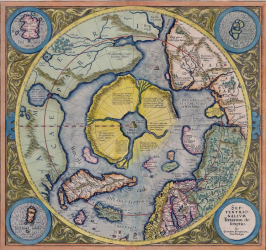William Blake Documentary
David Bohm – The Conditioned and the Unconditioned
Shunyamurti – On Joseph Campbell – The Anti-Hero’s Journey Home From Hell
Anatomy of the Soul and Life Force Energy – ROBERT SEPEHR
Dr. Iain McGilchrist – The Divided Brain and Human Behaviour
Pierre Grimes – The Myth of Er in Plato’s Republic



